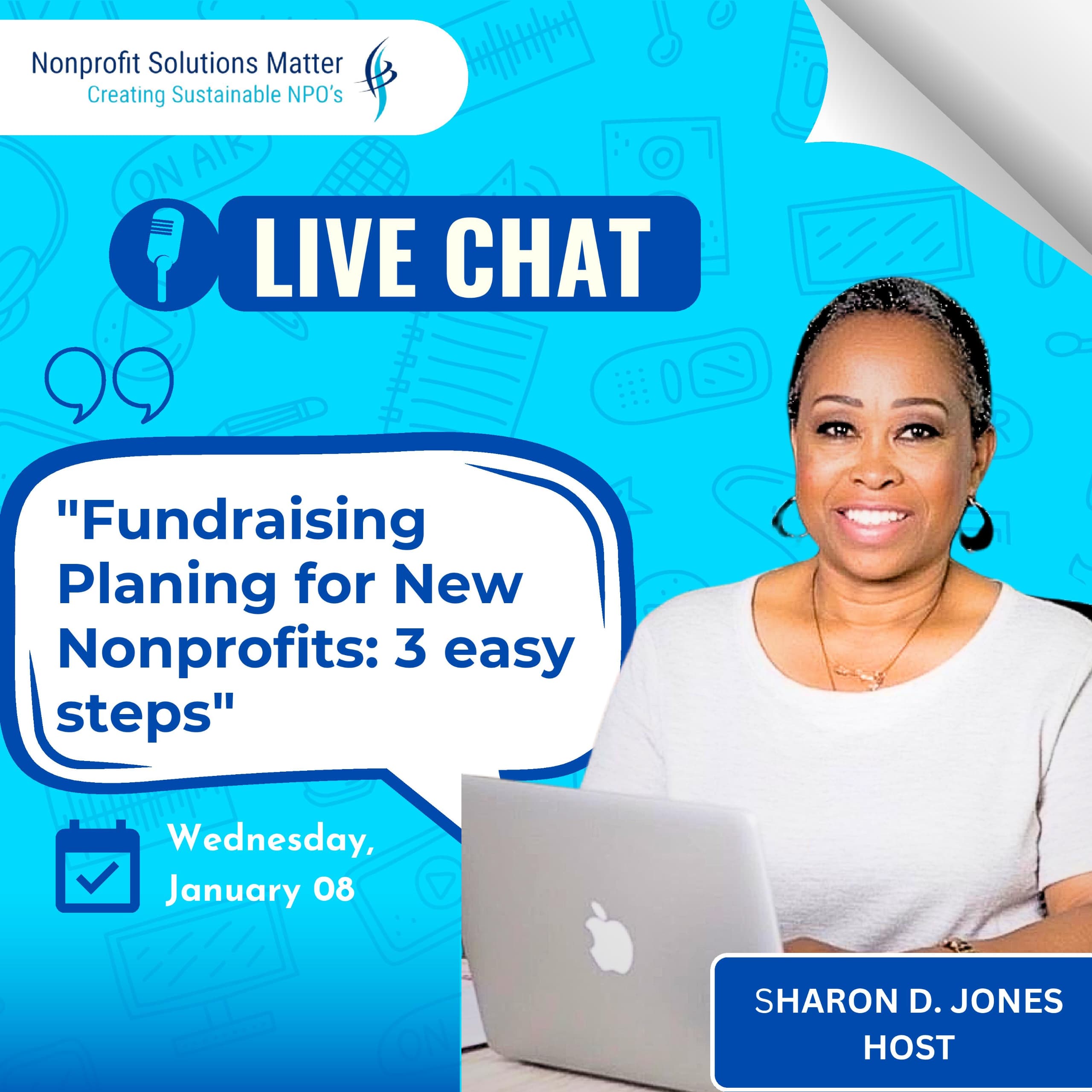How To Create Your Nonprofit’s Corporate Strategy
The first step in developing your corporate funding strategy is to engage your board members in a planning session. You could call it a resource development planning session, a corporate funding planning session, or a work planning session.
The goal is to get your board members involved in the process. They must lead this initiative, as you want them to actively participate and support the process. As the saying goes, "People who plan together, execute together."
The first step is to bring your board members together to talk about how to secure corporate sponsorship. This begins with defining your fundraising goal. How much are you looking to raise through corporate funding? What types of resources are you seeking? Sometimes it’s more than just money—it could involve expertise or in-kind donations.
The key is to clearly define your goals and what you’re asking for. I often help my clients structure their goals so they can tie them to the impact they want to create, building a strong case for support.
Next, you need to define your target audience. Every organization’s audience will be different. For example, an organization that works with school children will have a different target audience than one working with women. To identify your target audience, consider the following:
1. Corporations and brands that align with your vision and mission.
2. Key players in your location who may want access to your network.
3. Brands that serve the people you work with.
Answering these questions will help you narrow down your target audience, allowing you to focus your outreach on the right organizations.
The third step is to define the value and benefits you can offer in return. Corporate funding is a value exchange, so as you ask for funding, you must offer something of value in return. This involves looking at your organization and identifying the assets that could benefit potential sponsors.
You can package these benefits into categories, such as Gold, Silver, or Bronze sponsorship levels. Sometimes, the benefits you offer may not yet exist within your organization, so you may need to create new structures and processes to provide them.
Once you’ve defined your benefits, the next step is developing your outreach strategy. This strategy depends on your target audience. For example, if you’re reaching out to church members, you’ll need to connect with church groups. If you’re targeting teachers, your outreach may involve schools or teacher associations. The approach you take will depend on the group you are targeting and how you want to engage them.
Many organizations make the mistake of simply sending emails or sponsorship packages without a clear strategy. This approach is usually ineffective. Instead, focus on building relationships and identifying common interests before making an ask. Setting up meetings and engaging potential sponsors is more effective than leading with an open funding request. Your outreach should be thoughtful and well-planned.
The next step is to identify the tools and infrastructure needed for your strategy. For example, you may need a proposal, a customer relationship management (CRM) platform, a sales page, or marketing materials. Having these tools in place before launching your strategy is crucial to your credibility. You want to appear organized and professional, and using branded tools and resources throughout the process helps demonstrate this.
Following this, it’s important to build your execution team. Who will be responsible for outreach? Who will manage meetings and negotiations? Typically, we create an outreach team to contact corporate sponsors and a board committee to handle meetings and negotiations. It’s essential to have a dedicated team in place to ensure success. A great strategy without a team to execute it is unlikely to succeed.
Finally, you must consider your budget. Developing the necessary tools, infrastructure, and outreach will cost money. You may also want to allocate funds for promoting your outreach to reach a wider audience. Be sure to account for these expenses in your budget before starting, so you’re prepared for the costs that may arise along the way.
In summary, developing a corporate funding strategy involves:
1. Defining how much funding you need and what resources you’re seeking.
2. Identifying your target audience.
3. Determining the value and benefits you can offer sponsors.
4. Creating an outreach strategy tailored to your audience.
5. Ensuring you have the necessary tools and infrastructure in place.
6. Assembling an execution team to manage outreach and negotiations.
7. Planning your budget to account for all costs associated with your strategy.
Tomorrow, I’ll discuss how to create the tools, resources, and infrastructure needed for your outreach, as well as how to build the team to launch your strategy. I encourage you to take action on what you’ve learned today and begin executing these strategies. With the right steps, you’ll be on your way to success.
Until tomorrow, goodbye for now, and best of luck in your efforts!
Schedule a free consultation: https://calendly.com/solutionsmatter/freeassessment
Rooney Akpesiri, VP. Client Services, Solutions Matter LLC | Nonprofit Solutions Matter
#fundraising #funding #corporatesponsorship #corporatefunding #nonprofit #501c3























































